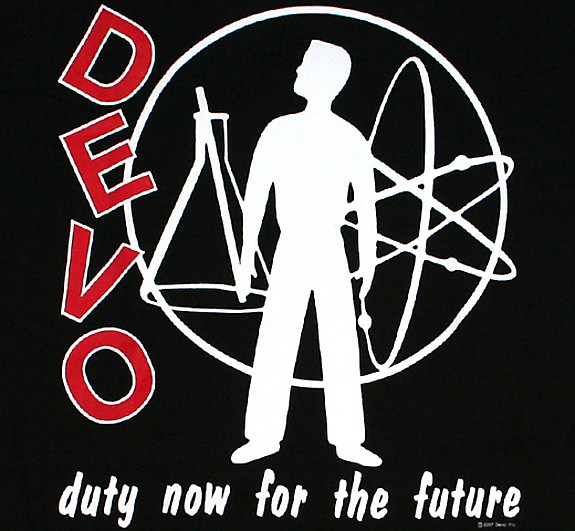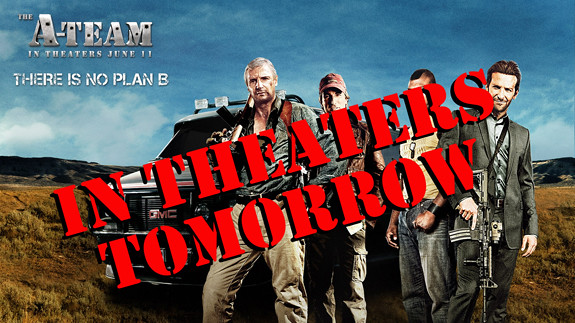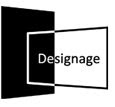
I wrote the following article for the International Sign Association Report that appeared in the September issue of Sign of the Times Magazine. The article focuses on how digital signage technology can help companies, especially those in the sign industry, grow their business.
Digital Signage is well suited to grow your sign business
Digital sign technology is becoming increasingly popular and the industry continues above average growth year after year, even in the current economy. Anywhere you go today you cannot avoid seeing an electronic display with information, advertising or promotional material. More and more companies in the sign industry, both large and small are learning how to offer digital signage solutions and services. Consequently, those companies are growing their businesses, adding more value, and making more money for their clients and themselves. Are you?
As a society, we have not yet stopped purchasing printed material. However, whether it is a Kindle or an iPad, electronic books of all kinds are becoming more and more popular. Printed magazine and newspaper subscription levels continue to decline and the last time you opened the Yellow Pages to search for something was when? So it stands to reason that the same dynamic is in play with printed signs as well. More information, efficiency, convenience and ease-of-use rules the day. Recent digital sign technology advancements have made digital sign solutions easier to use, more reliable and more affordable than ever before. In addition, the technology has made it easier to improve same store sales and customer experience.
Turn the clock back 25 years to the desktop publishing revolution. WYSIWYG (what you see is what you get) page layouts and graphic designs displayed on screen with a computer and printed out in high resolution was a giant step forward. It was embraced not only by the computer industry, but the sign industry as well. Desktop publishing improved such things as efficiency, quality, creativity, and time to market. As a result, setting type, T-squares, stat cameras, burnishers and wax machines all became things of the past. Sign companies of all kinds welcomed the new technology as a natural progression of their business.
Fast forward 25 years to today and digital signage is the new revolution. Signs no longer are fixed. They can include moving images and can change their message multiple times throughout the day. Digital signs also use an electronic display instead of printed or dimensional material. Print is fixed and updating a printed or dimensional sign is time consuming, labor intensive and costly to install. A digital sign connected to a media player can display motion and video and change based on a schedule. It can be updated instantly and produce immediate results. While the transition to digital signage may take longer to dominate the landscape then desktop publishing did in the 80’s, the advantages are just as beneficial to the sign industry. If you have not taken advantage of it yet you still can. However, the train is leaving the station.
So what do you need to board the train?
Your business already possesses strengths that will enable it to offer digital signage and be successful. At the outset, you already have employees with strong visual communication skills. They are able to understand your client’s objectives, what their end-users are looking for, and translate that into compelling visual messages. These skills are fundamental to the successful development of any digital sign. Importantly, while IT firms are installing most digital signage systems, they typically lack the necessary visual communication skills. As a result, the experience you already have in the design, production and sales of visual communications products will enable you to easily transition into selling digital signs.
Moreover, sign companies already have a sales force and in-house designers in place that can become digital sign communication experts. Finally, most businesses only require a simple digital signage system. Therefore, an advanced understanding of information technology is not always necessary.
Once a digital sign has been sold, the need to keep the content or the message displayed on the screen fresh and effective will be paramount. Doing so will help your client to achieve a quick return on their investment and provide you with continuous revenue updating their content.
Since most of your customers will only need a simple off-the-shelf digital signage system, selecting a simple solution to sell and promote is a good way to start. It will not require a major reorganization or investment in a significant amount of new technology and will appeal to both existing and new customers. It will also allow you to become familiar with the technology and grow your business without getting in over your head. It requires a basic understanding of how the digital sign technology works, its capabilities and benefits and how to incorporate it into your product and service presentation to your clients.
A simple digital sign solution is like a digital photoframe. It consists of the same main components: a media player and a flat panel display or LCD. The difference, however is that the components of the digital sign solution can be all-in-one or separate, but more importantly they are built for extended use and offer a lot more features and capabilities.
Simple digital signage media players can be purchased for well below $1,000. They play media files like jpeg images and mpeg videos and can be programmed to play the files in any order based on any schedule. They can be updated using a removable memory device or connected to a network. They can also be programmed to divide the display screen into separate areas called zones with different media files playing in each zone.
LCDs are available in many sizes and can be used in any orientation. For example a countertop digital sign can use a 19-inch display (which is available for less than $250) in portrait (vertical) orientation, and take up minimal counter space. A digital menu board can use a 40-inch or larger display (starting at around $1,000) mounted to a wall in landscape (horizontal) mode, which can replace several printed menu boards. The countertop digital sign and the digital menu board could use the same kind of media player. The key difference between the two is the content or messaging displayed on the LCD.
Content, the key to success, and making you and your clients more money
No matter how big or small or how sophisticated or simple, the key to the success of any digital sign is having a content strategy and plan, along with a professional designer to create the message displayed on the digital sign. Like printed signs and displays, a message on a digital sign needs to be eye-catching, compelling, include a call to action and leave a lasting impression. With the ability to add full-motion graphics and daily scheduling, the content strategy should make sure the content is always kept up-to-date and achieves your clients’ objectives. With a skilled in-house designer who can design for print and motion, you will be able to offer content subscription packages for each digital sign you sell. You will then be on your way to increasing sales revenue and growing your business in digital signage.
If you like, you can view my article along with photos as it as it appeared in the ISA report here, or if you prefer, the entire 8 page ISA September report here.










